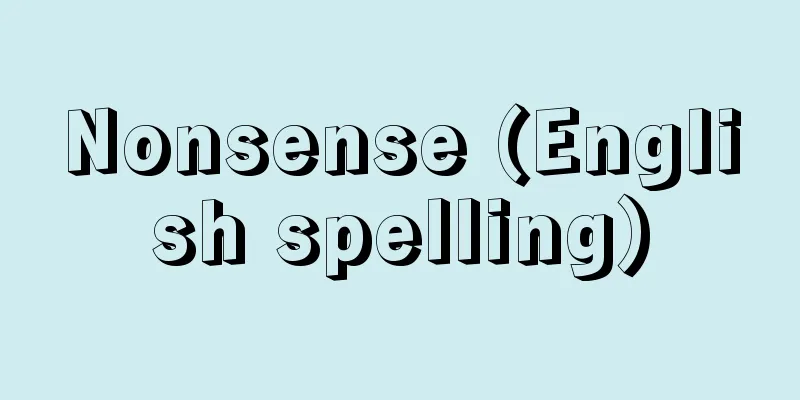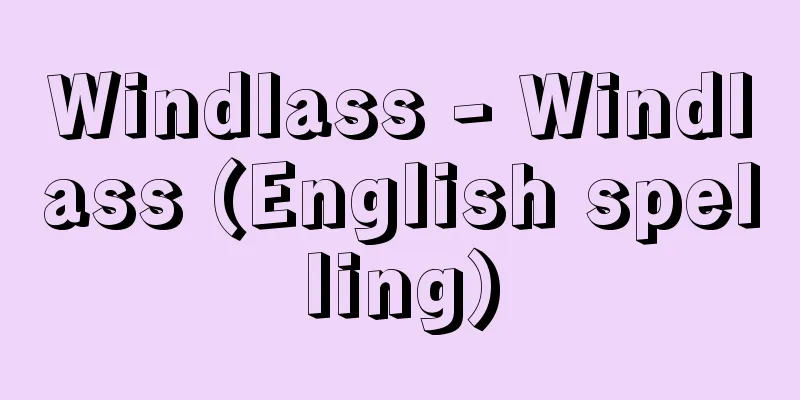Nonsense (English spelling)

|
In Japanese, the words "nonsense" and "nonsense" are not clearly distinguished. If there is an absurd thing, event, or word, and we dismiss it by calling it "trivial or silly," then that object is called nonsense. If the same object is perceived as a "gimmick" with "a certain intention," then it becomes nonsense. In other words, the difference is not in the object itself, but in the attitude toward it. Source: Heibonsha World Encyclopedia, 2nd Edition Information |
|
日本語のなかで,〈ノンセンス〉という語と〈ナンセンス〉という語ははっきり区別されているわけではない。ある荒唐無稽なものごと,できごと,ことばがあるとして,それを〈たわいない,ばかばかしい〉と笑いとばして終りにすれば,その対象はナンセンスと呼ばれる。同じ対象を,〈ある意図〉をもった一つの〈しかけ〉として受けとめれば,それはノンセンスとなる。つまり,対象そのものの差ではなく,それに対する態度の差にかかわっているといえる。
出典 株式会社平凡社世界大百科事典 第2版について 情報 |
>>: Nong Khai (English spelling)
Recommend
Parasitic insects - mosquitoes
… Insects also surpass other animal groups in the...
Indian azaleas (English spelling)
…In the 1920s, in Utsunomiya, it was used as a br...
Jikoin Temple
This temple is of the Rinzai sect of Buddhism, Dai...
Yellow-breasted Bunting (English: Yellow-breasted Bunting)
A passerine bird of the Emberizidae family. It is ...
Emblem - badge
…In this sense, badges in modern society have bec...
Kainei-yu
…In modern times, the abundant forest resources o...
South Sea Co. (English)
…the Great Depression in England, triggered by th...
picrate
…It also forms salts of addition compounds with o...
Maruyama Kyo
It is a Shinto religious organization. Its founde...
Kantharos
A type of high-footed cup used in ancient Greece a...
pinnacle
… shoal: An offshore area of unconsolidated mat...
Costus (English spelling) spiral flag
It is a perennial plant of the Costus genus of the...
Vidocq, François Eugène
Born: July 24, 1775 in Arras [Died] May 11, 1857. ...
Katte Myojin - Former Myojin
…A courtier (waki) on imperial orders goes to Ara...
Yen
〘noun〙① something that is round; a round thing; a ...









